I have a number of different cattle houses, and none of them have the same ventilation system.
I sometimes wonder if this is for a specific reason or have I just went with whatever was fashionable at the time?
In some of the older sheds on the farm the ventilation is limited to just a window that you can open if it gets too stuffy. Obviously, this was grand when there were only very small numbers of cattle housed on the farm.
As the years have passed the numbers of stock being housed together has increased massively.
However, the first slatted cattle house that my father built had a major influence from the past. It had very high walls and a very small air inlet using space boarding. He was afraid that the cattle would be too cold, but he forgot to take into account that there could be over 80 cattle in the house.
The house is always too warm, and the cattle in it sweat a lot
There was a large door on the cattle house, and it has only been closed about five times in 35 years.
The house is always too warm, and the cattle in it sweat a lot. So much so that I have removed a fair proportion of the space boarding, which has made a massive improvement.
Different groups
A few years ago we built a new house for autumn cows and calves. With two different age groups of cattle, it required a bit of thought to ensure that we had enough ventilation, without leaving it too cold on the calves.
What we went for was a 2ft opening on the cow side, and ventilated sheets of tin on the rest of it, except for the doors.
Here we used sheeted gates so that they would let air in over the top, but on warm days they could be opened fully. The overall ventilation system works well most of the time. The vented sheets do not let in much air, but we had enough openings without relying on these sheets.
The calf side is very cold, and I end up with sick calves
There is a solid wall in the middle so that the cows are on one side and the calves are on the other. Under a prevailing wind, the cows get plenty of fresh air.
But on the very odd occasion when the wind is coming from the north or northeast it is a different story. The calf side is very cold, and I end up with sick calves.
I put up with this for a few years, but this year I decided to make some changes, adding a gale-braker on a roller so that I can let it up or down depending on the wind direction. This seems to be working well, and it has been a very simple addition.
Cladding
When we built the new calf house (to rear dairy-bred calves to weaning), we took a lot of advice and decided to go with Yorkshire cladding, or basically two layers of space boarding staggered. This is to ensure that there is no draft and still plenty of ventilation.
Of all the different types of ventilation that we have tried, this seems to be as near perfect as you can get. The house can still get cold (120 calves do not create a lot of heat on their own), so there are times when we have had to use calf coats.
Balance
Overall, it seems to be a bit of a balancing act trying to ensure that you have enough ventilation without letting in draughts. It is also hard to get the temperature just right to suit each group of stock.
There are lots of different calculations to do with inlets and outlets but in reality, our changeable weather means that it is hard to get something that works well in all situations.
But if it is not working well, you need to try to make some alterations. Our experience is that a small change can make a big difference.
Read more
A simple system to feed dry cows
Farmer Writes: limiting the pain of feeding silage
I have a number of different cattle houses, and none of them have the same ventilation system.
I sometimes wonder if this is for a specific reason or have I just went with whatever was fashionable at the time?
In some of the older sheds on the farm the ventilation is limited to just a window that you can open if it gets too stuffy. Obviously, this was grand when there were only very small numbers of cattle housed on the farm.
As the years have passed the numbers of stock being housed together has increased massively.
However, the first slatted cattle house that my father built had a major influence from the past. It had very high walls and a very small air inlet using space boarding. He was afraid that the cattle would be too cold, but he forgot to take into account that there could be over 80 cattle in the house.
The house is always too warm, and the cattle in it sweat a lot
There was a large door on the cattle house, and it has only been closed about five times in 35 years.
The house is always too warm, and the cattle in it sweat a lot. So much so that I have removed a fair proportion of the space boarding, which has made a massive improvement.
Different groups
A few years ago we built a new house for autumn cows and calves. With two different age groups of cattle, it required a bit of thought to ensure that we had enough ventilation, without leaving it too cold on the calves.
What we went for was a 2ft opening on the cow side, and ventilated sheets of tin on the rest of it, except for the doors.
Here we used sheeted gates so that they would let air in over the top, but on warm days they could be opened fully. The overall ventilation system works well most of the time. The vented sheets do not let in much air, but we had enough openings without relying on these sheets.
The calf side is very cold, and I end up with sick calves
There is a solid wall in the middle so that the cows are on one side and the calves are on the other. Under a prevailing wind, the cows get plenty of fresh air.
But on the very odd occasion when the wind is coming from the north or northeast it is a different story. The calf side is very cold, and I end up with sick calves.
I put up with this for a few years, but this year I decided to make some changes, adding a gale-braker on a roller so that I can let it up or down depending on the wind direction. This seems to be working well, and it has been a very simple addition.
Cladding
When we built the new calf house (to rear dairy-bred calves to weaning), we took a lot of advice and decided to go with Yorkshire cladding, or basically two layers of space boarding staggered. This is to ensure that there is no draft and still plenty of ventilation.
Of all the different types of ventilation that we have tried, this seems to be as near perfect as you can get. The house can still get cold (120 calves do not create a lot of heat on their own), so there are times when we have had to use calf coats.
Balance
Overall, it seems to be a bit of a balancing act trying to ensure that you have enough ventilation without letting in draughts. It is also hard to get the temperature just right to suit each group of stock.
There are lots of different calculations to do with inlets and outlets but in reality, our changeable weather means that it is hard to get something that works well in all situations.
But if it is not working well, you need to try to make some alterations. Our experience is that a small change can make a big difference.
Read more
A simple system to feed dry cows
Farmer Writes: limiting the pain of feeding silage




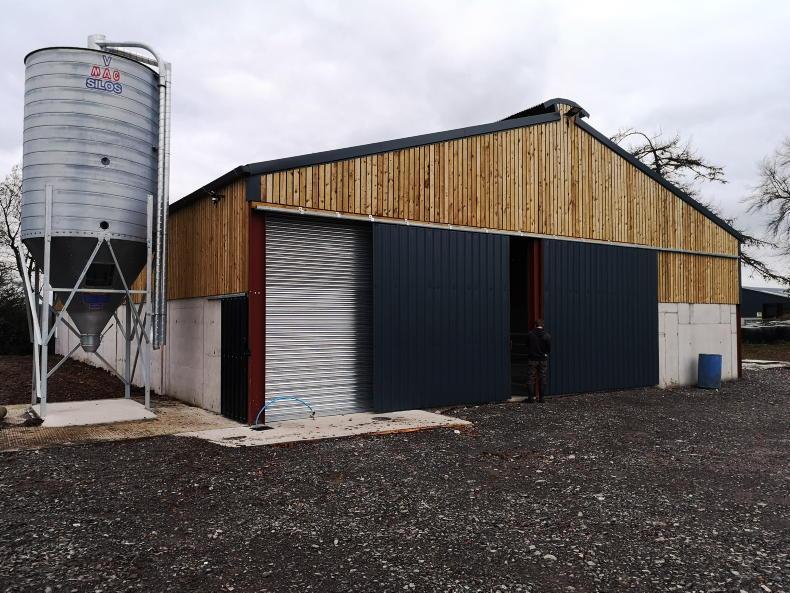
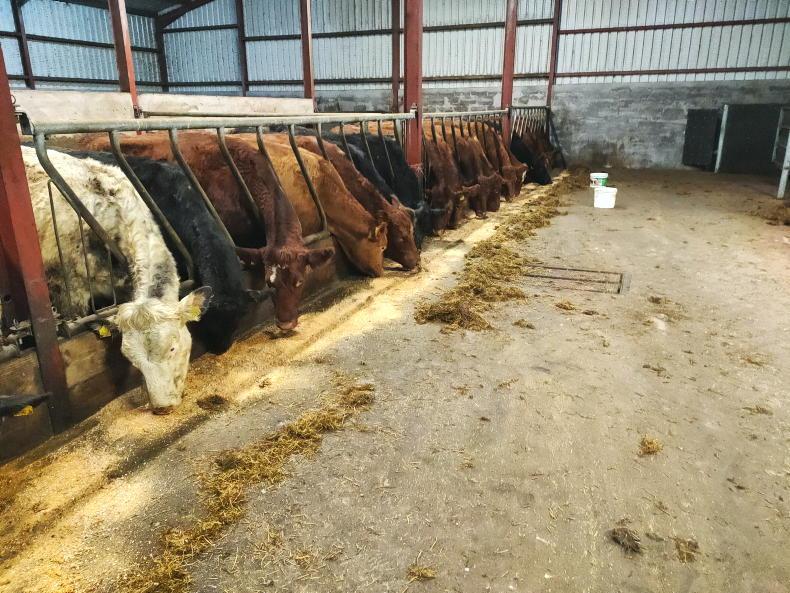

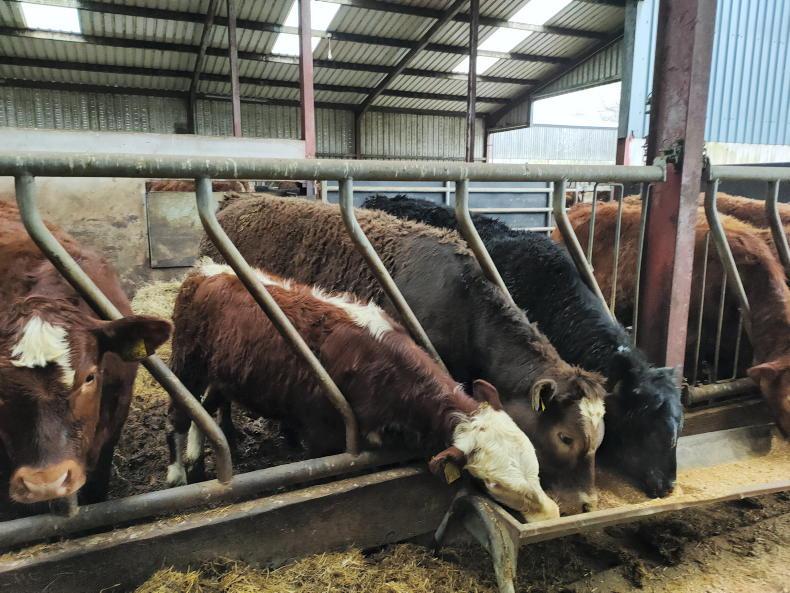
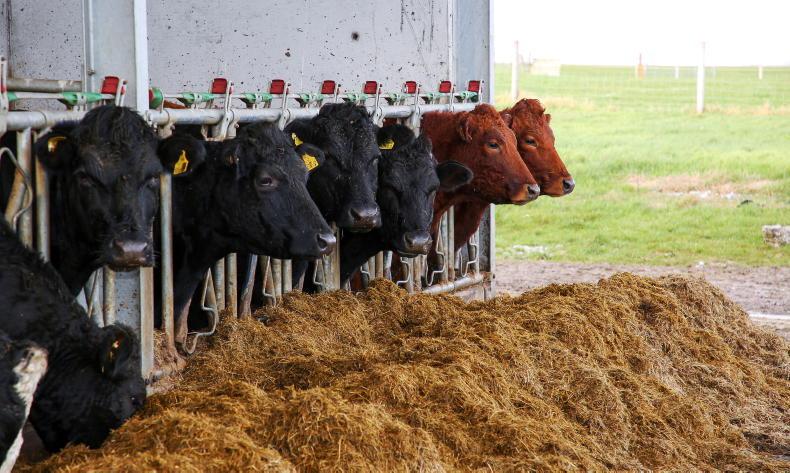
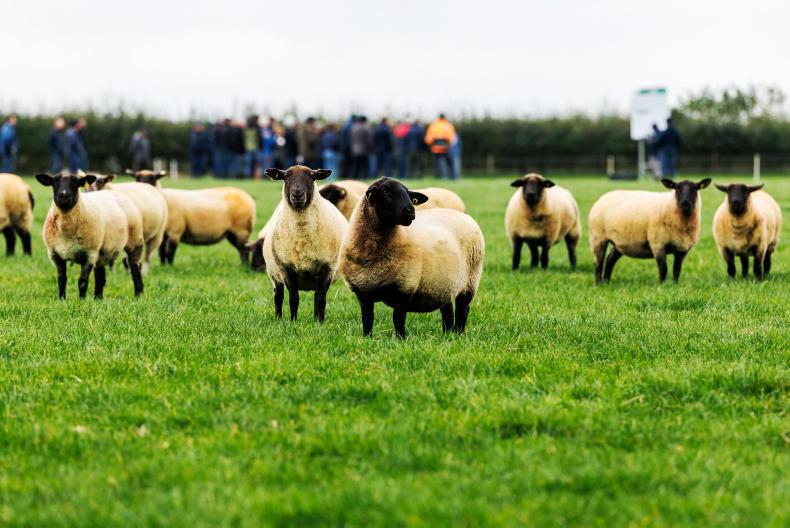
SHARING OPTIONS